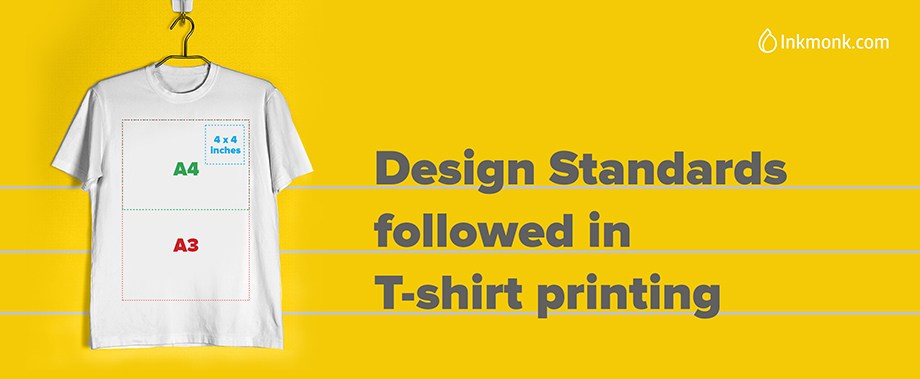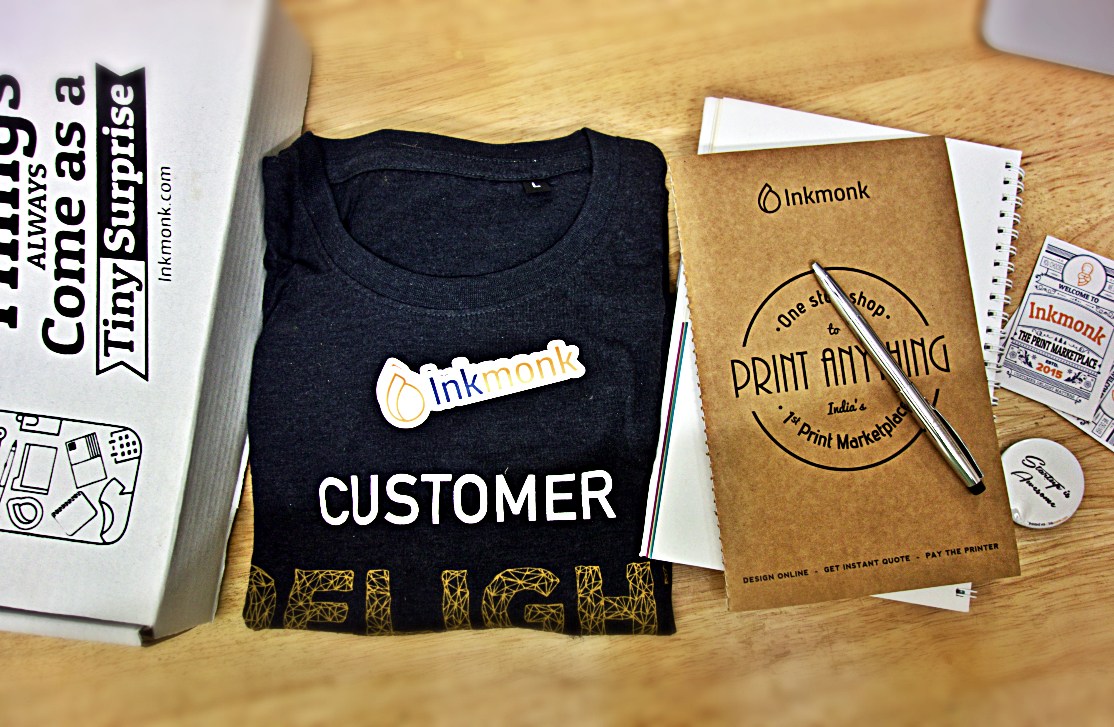They say we are what we wear. This is particularly true when it comes to a business. For any brand, its employees are its most prized resource. They represent the company everywhere they go. It is little surprise then, that most companies custom print shirts and t-shirts for their staff.
Now if you are currently in that space where you are looking to place a fresh order, this list will help you think about some important criteria first.
#1 – T-SHIRT MATERIAL
The importance of the material cannot be emphasised enough. To get this right, think about the purpose of the T-shirt and where it is going to be worn. Is it for a marathon? Polyester is your best bet to keep all the sweat out. If it’s a T-shirt for a corporate socialising event, fine cotton looks great.
If the purpose is to simply wear around the office, cotton is once again the winner. When choosing T-shirts, also think about the thickness of the material. Does your office have excellent air-conditioning? A T-shirt with a higher gsm would be appreciated! Perhaps you could also print hoodies to keep people warm and cosy.

#2 – FITS AND SIZES
Nobody likes to wear badly fitted clothes. If you order T-shirts that don’t fit your team well, they are never going to wear it, period. Think about cuts and shapes before placing an order. Sizes are also extremely important. It is best to collect the t-shirt sizes that best fits the person of standard brands available in the market. Remember to be mindful of these, and request the team to privately send you their preferred sizes.

#3 – NECKLINES AND SLEEVES
That brings us to our next element – necklines and sleeves. You have a large range of options to choose from – round necks, V-necks, turtle necks, wide necks, halter necks, polo T-shirts, half sleeves, short sleeves, no sleeves! Go back to thinking about the place and purpose of wearing these, and that will help narrow your choices down.

#4 – COLOURS
When it comes to colours, you are only limited by your imagination! But you should also think about your brand’s colours and how they can best be represented through T-shirts. One thing to keep in mind when choosing colours is how well they go with your logo. If the colours clash, or one overpowers the other, rethink the hues. When in doubt, it’s best to go with neutral colours and play it safe.
On the other hand, if you’re ordering T-shirts for an event like a marathon or a sports day, you want your team to really stand out and get noticed. Neons to the rescue!

#5 – LOGO PLACEMENT
When your team wears the company’s branded T-shirts, they become a walking-talking carrier of your message. Choose your logo placement carefully so it’s visible yet not too loud. If you’re thinking about adding text or quotes, make sure it’s something they will be comfortable and proud to wear.

#6 – MEN AND WOMEN
Men and women wear different fits, so it is essential to order the right kind of corporate printed T-shirts for them. Women may also be more comfortable with a different neckline and sleeve pattern as compared to men. Have a talk with your team’s preferences so you can place orders with the right numbers.

Check out InkMonk’s online T-shirt printing, and feel free to write to us at [email protected] to chat about customising for your company!













 Screen printing is a process where ink is pushed through a mesh stencil on to a fabric. The small pores on the stencil guide the ink on to the fabric to create the print. A blade is used to push the ink over the mesh. As the blade is pulled over the mesh, the ink is pushed through the pores, onto the garment. Screen printing has been in vogue since the early 1900s and uses ink and dye which is available locally. It is manual and is best suited for bulk printing. The set-up takes time, but is easier to print when done. The print quality is excellent and does not wash away soon. Some of the pros and cons of screen printing is listed below.
Screen printing is a process where ink is pushed through a mesh stencil on to a fabric. The small pores on the stencil guide the ink on to the fabric to create the print. A blade is used to push the ink over the mesh. As the blade is pulled over the mesh, the ink is pushed through the pores, onto the garment. Screen printing has been in vogue since the early 1900s and uses ink and dye which is available locally. It is manual and is best suited for bulk printing. The set-up takes time, but is easier to print when done. The print quality is excellent and does not wash away soon. Some of the pros and cons of screen printing is listed below.

